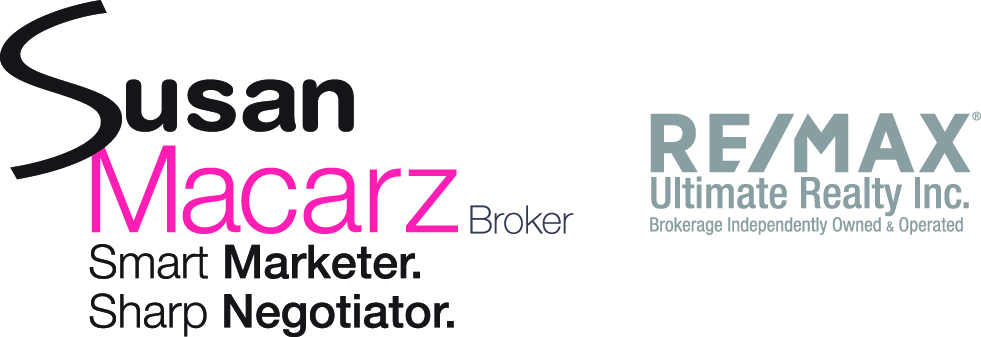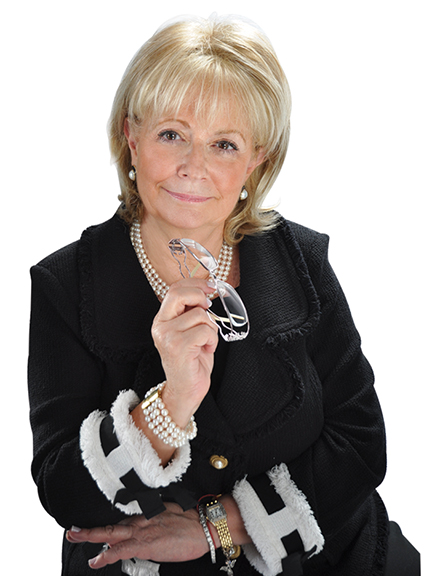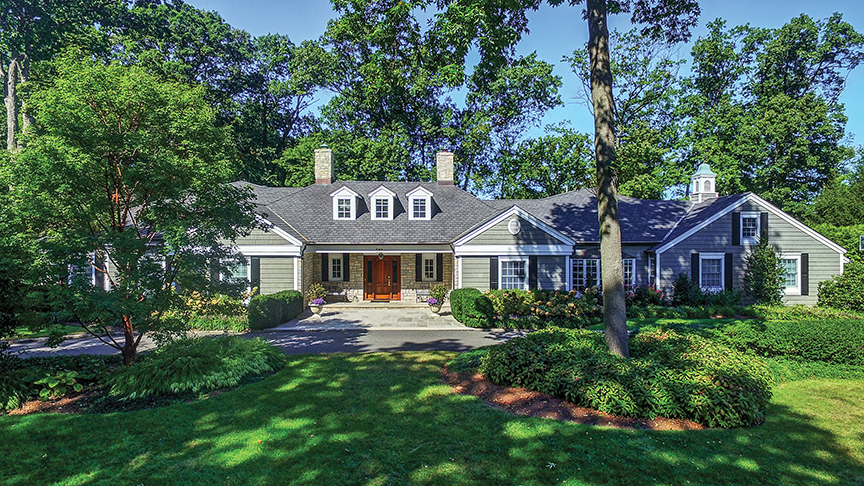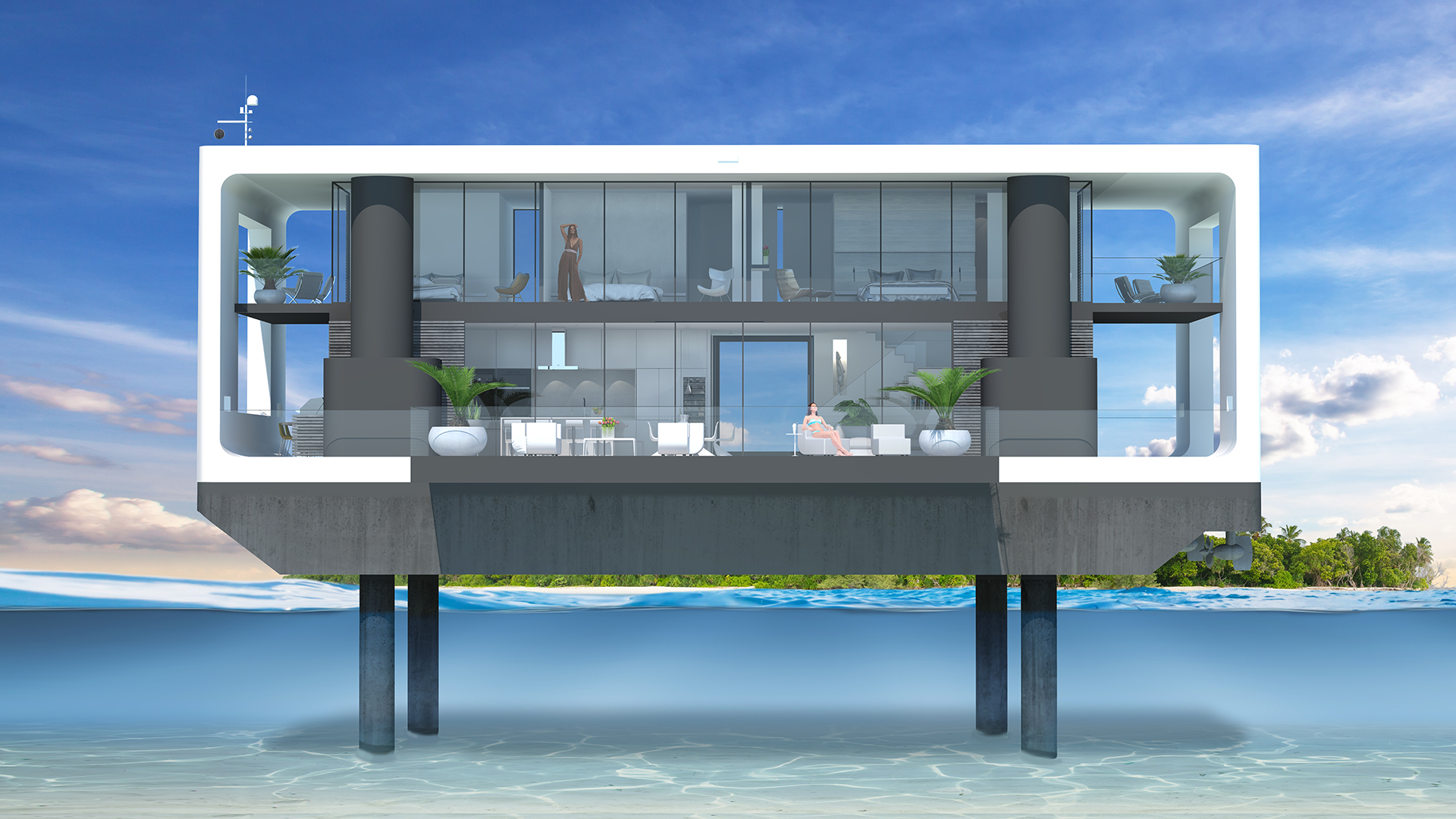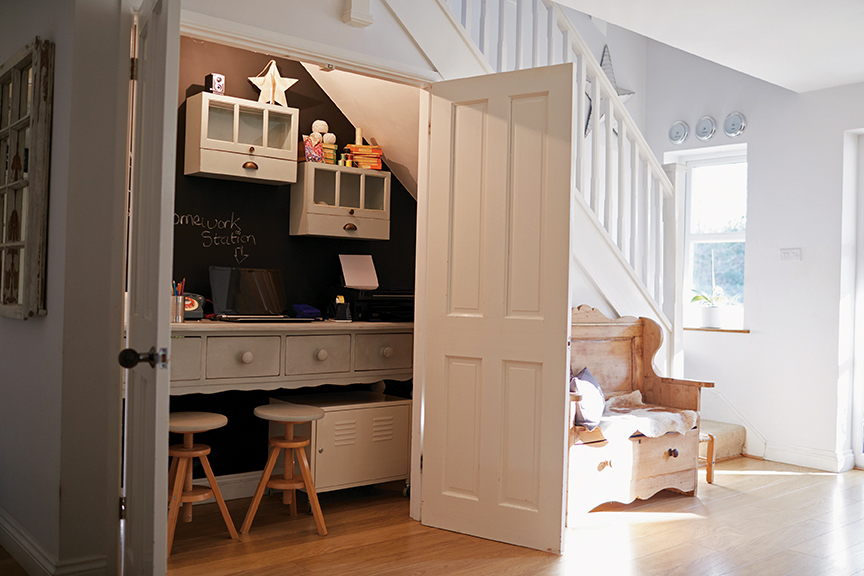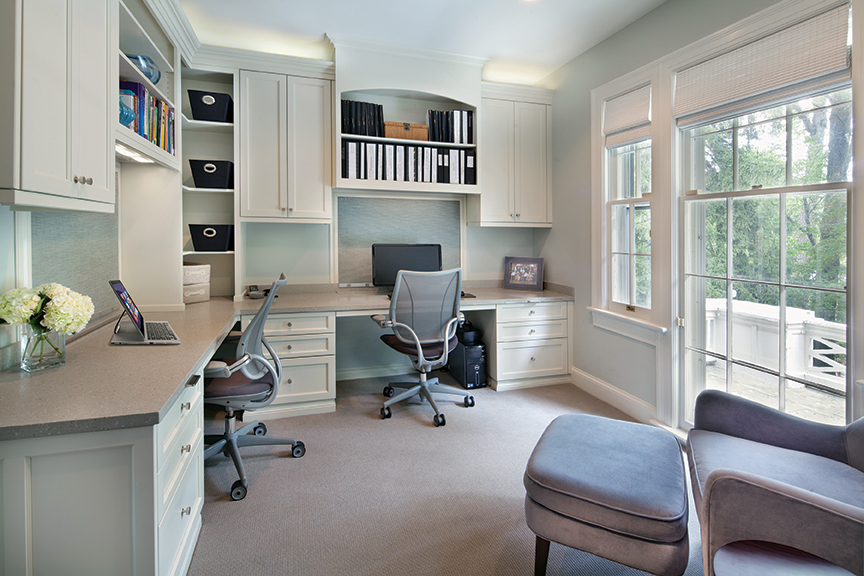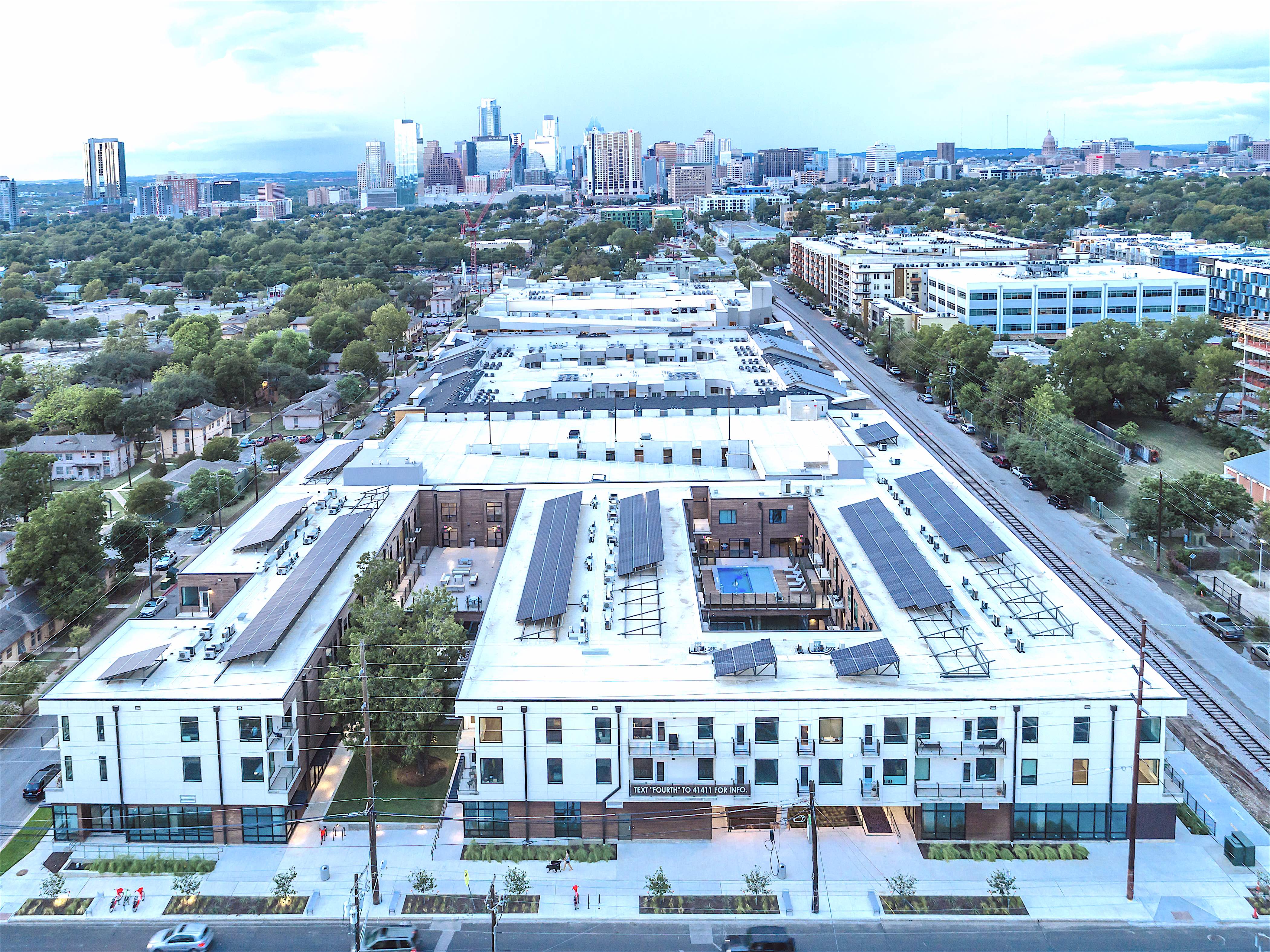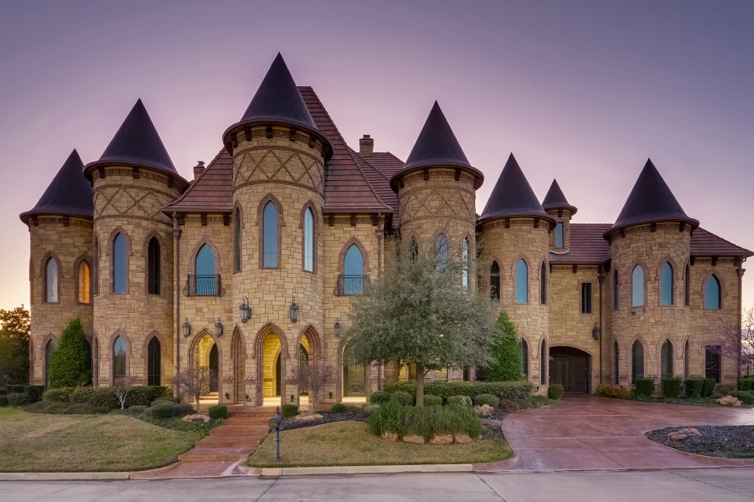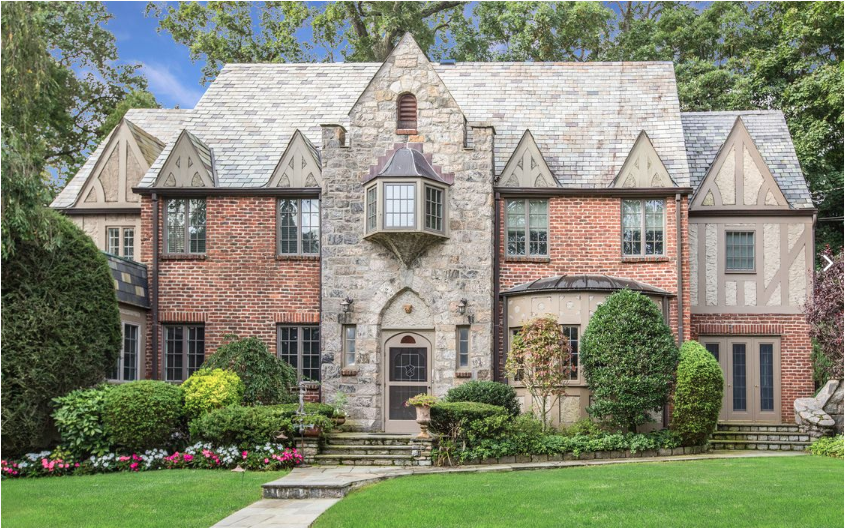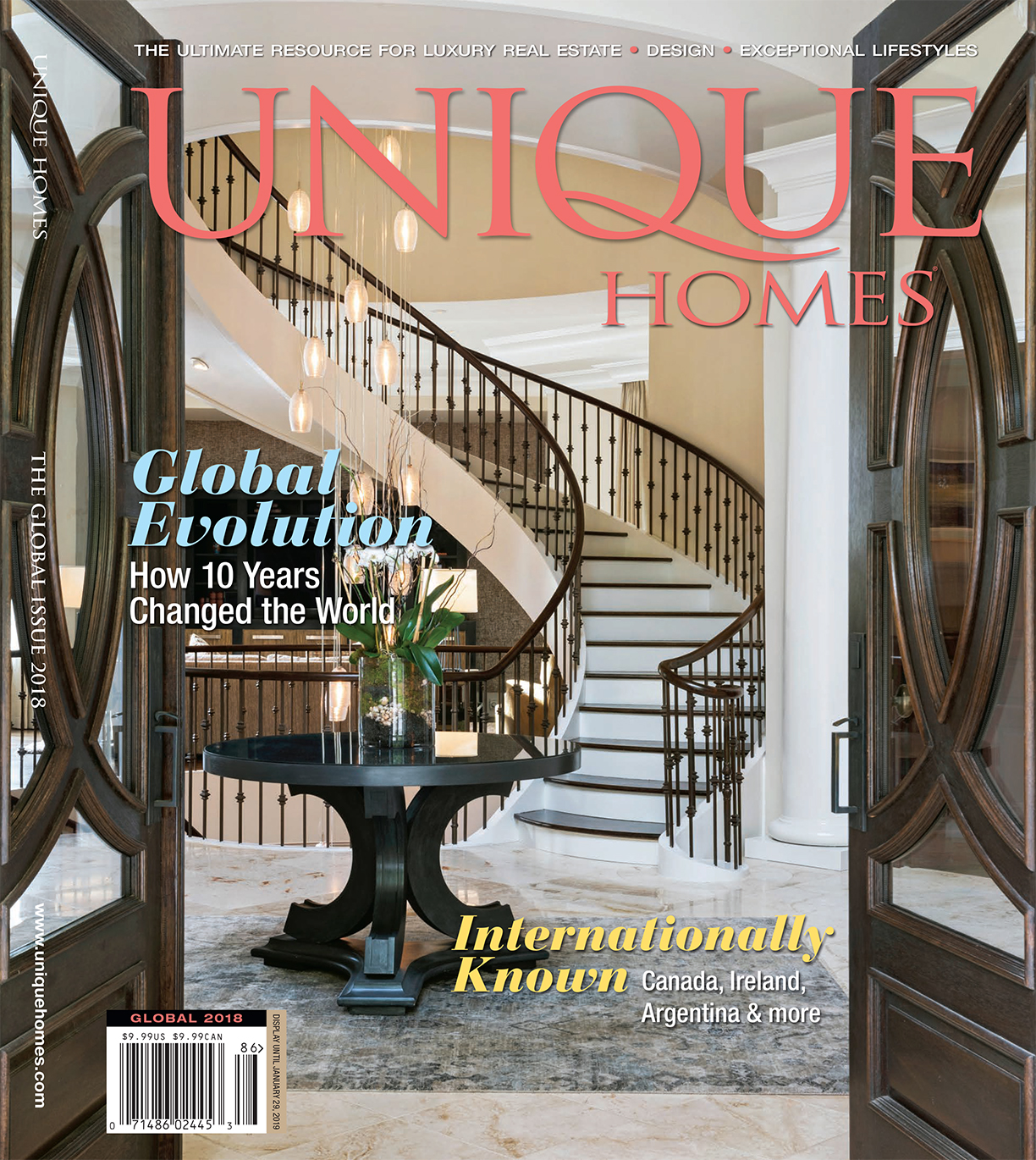The current market shift from buyers to sellers generates the most attention, but the number of sales and pace of price appreciation are only one swell in the wave of transformation rolling through the real estate industry. Technology is typically hailed as the disrupter, but changing demographics, new lifestyle aspirations and evolving buyer preferences are all at play in today’s real estate landscape.
“If you ask anyone that has been in the business more than 10 years, they say ‘here we go again.’ More paperwork, more platforms, more new companies, more new agents. Yet, ultimately real estate is the same. Our clients require handholding, advice, and moral support, deals get negotiated, and transactions finalize or fall apart. Yes, there are slight shifts in the marketplace, but generally, it still functions the same,” shares Lucio Bernal, a broker associate with Coldwell Banker Residential Brokerage in Palm Springs, who is also an expert trainer with the Institute for Luxury Home Marketing.
What is changing is almost every other aspect of real estate from tools to facilitate broker client relationships to virtual reality apps enabling buyers to envision making a prospective property their own. Increasingly agents are looking to their brokerages to keep pace with technology. “They are leaning on their brokerages, more than ever, to help arm them with tools, from digital marketing to smart, proactive customer relationship management systems (CRMs) that will keep them cutting edge, as well as those they can’t afford to leverage on their own,” says Stephanie Anton, president of Luxury Portfolio International. Additionally, affiliate groups like Luxury Portfolio and major brands have amped up marketing capabilities so agents can easily create a cohesive campaign.
There might be a technology revolution taking place in real estate, but market shifts are reinforcing the importance of the agent. “Technology has always been the present. It’s how you use it that benefits you the most,” shares Bernal. “The perfect example is: If you are dealing with a consumer, they are more likely to use you based on reputation and recognition than whether you know a certain app or technology platform. Technology should be used as a resource and compliment your ability to get face-to-face and maintain contact with a consumer.”
At this time last year, blockchain and the impact of virtual reality and artificial intelligence on real estate were being debated. Today, the chatter is about portals morphing from search engines to places to buy and sell homes, a new classification the industry characterizes as iBuyers. Opendoor, founded in 2013, started the trend, followed by others including Offerpad and Knock. Zillow and Redfin have also introduced iBuying in some markets. iBuyers purchase consumer’s homes outright using analytics that enable them to come up with a price based on the home’s perceived value, usually within days. Unlike homes sought by flippers, these are not troubled properties and offers reportedly are close to the value estimation. Other portals are beefing up offerings for consumers, adding mortgage and title services. Startups such as Purple Bricks offer a new twist on the flat-fee concept.
Investor dollars from venture capital and hedge funds are flowing into real estate, fueling many new ventures, which is another change potentially revamping the industry. “Everyone is investing in technology to disrupt or change real estate,” says Mark Choey, co-founder of Climb Real Estate, a San Francisco brokerage, which was acquired by Realogy’s subsidiary NRT in 2016. The real estate industry is rapidly shifting, and innovation is not just welcome, it’s desperately needed,” said founder Chris Lim, whose background is in marketing. Choey hails from the tech sector. Climb was the first brokerage to work with Matterport and continues to incubate emerging apps and work with new vendors.

